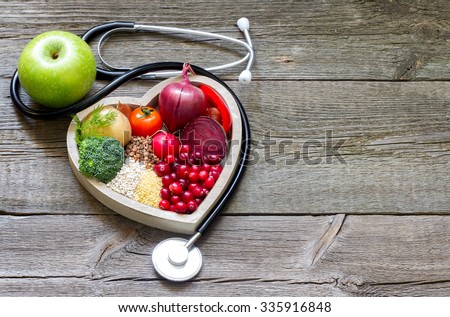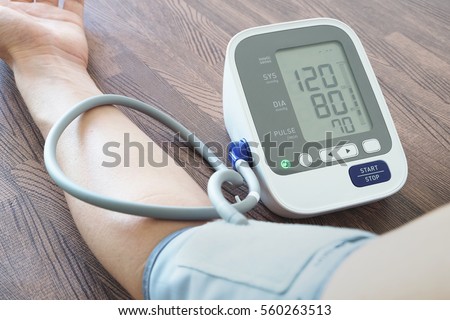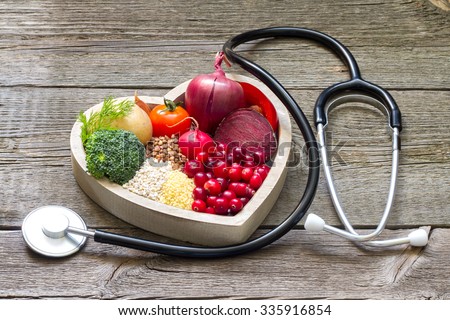Coronary arteries are blood vessels that deliver oxygenated blood to the heart. All muscles in the heart require oxygen to operate correctly. When there is restriction of blood flow to the heart, the coronary arteries become blocked or narrowed. When the heart cannot get oxygen, the heart muscle is damaged and heart attacks occur. A heart attack is also known as a myocardial infarction.

The symptoms of a heart attack can vary, but is commonly described as squeezing, burning, tightness, and pressure across the chest. This discomfort may also radiate to the left arm, neck and jaw. Nausea, vomiting and dizziness are other symptoms that heart attacks may include. Once a patient has a heart attack, they may undergo a complex surgical procedure. This procedure consists of three components, a cardiac catheterization, a coronary angioplasty, and a triple vein coronary artery bypass graft (CABG).






The symptoms of a heart attack can vary, but is commonly described as squeezing, burning, tightness, and pressure across the chest. This discomfort may also radiate to the left arm, neck and jaw. Nausea, vomiting and dizziness are other symptoms that heart attacks may include. Once a patient has a heart attack, they may undergo a complex surgical procedure. This procedure consists of three components, a cardiac catheterization, a coronary angioplasty, and a triple vein coronary artery bypass graft (CABG).
SYMPTOMS OF HEART DISEASE
Not all people who have heart attacks have the same symptoms or have the same severity of symptoms. Some people have mild pain; others have more severe pain. Some people have no symptoms, while for others, the first sign may be sudden cardiac arrest. However, the more signs and symptoms you have, the greater the likelihood you're having a heart attack.
Common heart attack signs and symptoms include:
- Pressure, tightness, pain, or a squeezing or aching sensation in your chest or arms that may spread to your neck, jaw or back
- Nausea, indigestion, heartburn or abdominal pain
- Shortness of breath
- Cold sweat
- Fatigue
- Lightheadedness or sudden dizziness
PREVENT HEART ATTACK NATURALLY
DO REGULAR EXCERCISE

This is the first tip on how to prevent heart attack at home people should not look down. Being active and doing exercise in a regular basis will help to lower the blood pressure levels by keeping the blood vessels and heart working in good conditions. Regular exercise can also help people burn extra fat effectively, which will also help to keep the blood pressure at healthy levels.
Check with the doctor in charge of your care. Low-impact activities like cycling, swimming, and walking are among the best things you should to regularly as recommended. More strenuous activities, including playing squash and football, might not be what you should do.
Get in the habit of doing exercise in at least 30 minutes per day. You can walk for half an hour each day or 10 minutes after each meal. Instead of using the elevator or escalator, take the stairs. Parking at the end of the beach and walk to the destination you want.
Maintain a healthy blood pressure.

High blood pressure, called hypertension, is known as “the silent killer” as it goes without symptoms in most individuals. High blood pressure causes wear and tear of the delicate inner lining of your blood vessels. The higher your blood pressure (BP) the greater your risk. The risk begins to increase from a pressure of 115/70 mmHg and doubles for each 10 mmHg increase in systolic (the larger number) and 5 mmHg increase in the diastolic (the smaller number). Heredity and increasing age raise the risks. Measuring blood pressures at home reflects more accurately your risk than having the blood pressure taken at a physician’s office. It is worth the investment to get a cuffmeter.
It is best not to rely only on the readings at your doctor’s office as some individuals suffer from “white coat” hypertension – their BP is up only when they are at the doctor’s office. Others have “masked” hypertension – higher when not in the doctor’s office. Prognosis is best related to home BP. But for home blood pressure readings, you should not use finger or wrist units – only regular upper arm units.
Monitor your cholesterol (blood
lipids).

Abnormal or high blood lipids (fats) are a major contributor to cardiovascular disease. Your blood lipids include the LDL (bad cholesterol; remember as “Lousy cholesterol”), HDL (good cholesterol; remember as “Healthy cholesterol”) and triglycerides. The lower your LDL and the higher your HDL, the better your prognosis. The amount of cholesterol in your blood is determined mainly by three factors: the amount produced by the liver (this is largely genetic), the amount absorbed from the intestinal tract (some from what you eat, but a lot more from cholesterol produced by the liver and excreted into the digestive tract) and, finally, age – your cholesterol increases with age. If you are at risk, medication is almost always necessary to lower the LDL or to raise your HDL. The ideal ratio of total cholesterol divided by HDL cholesterol is 3.0. If higher, you might need diet as therapy. The problem with diet is that, in general, it can only decrease total blood cholesterol by about 10 percent. If you have a strong family history or elevated Lp(a) (a rare abnormal cholesterol that increases the risk), drug therapy is usually needed.
STOP SMOKING

Smoking is always considered one of the most serious direct causes of increased risks for heart attack because it can lead to atherosclerosis and increase the blood pressure levels.
If people decide to quit smoking, they should find help from an NHS Stop Smoking Service or center, which will provide dedicated advice and support, revealing the best methods to stop smoking.
If people have promised to quit smoking but they do not want to be referred to a stop smoking service, they should find help and support from their own family members and friends. This is also among the best tips on how to prevent heart attack naturally that people should try once!
EAT DARK CHOCOLATE

A series of recent studies have contributed to confirm the utility of dark chocolate. The report on the American Academy of Neurology journal showed that the risk of stroke and heart attack in people who eat this food will decrease up to 22% compared with those who do not eat dark chocolate. In another study, eating 6,7g of dark chocolate per day will result in the reduced inflammation-related protein levels in the blood. Dark chocolate has been also proven to potentially reduce high blood pressure, prevent clogged arteries, and improve blood circulation.
Reduce stress.
Stress contributes to cardiovascular disease and, if severe, can cause a heart attack or sudden death. There are plenty of options that help reduce stress, such as regular exercise, adequate sleep, striving for a good marriage, laughing, volunteering or attending religious services. Watching TV generally does not relieve, but can aggravate stress. Also, try to avoid situations and people who make you anxious or angry.
THANK YOU!!!
No comments:
Post a Comment